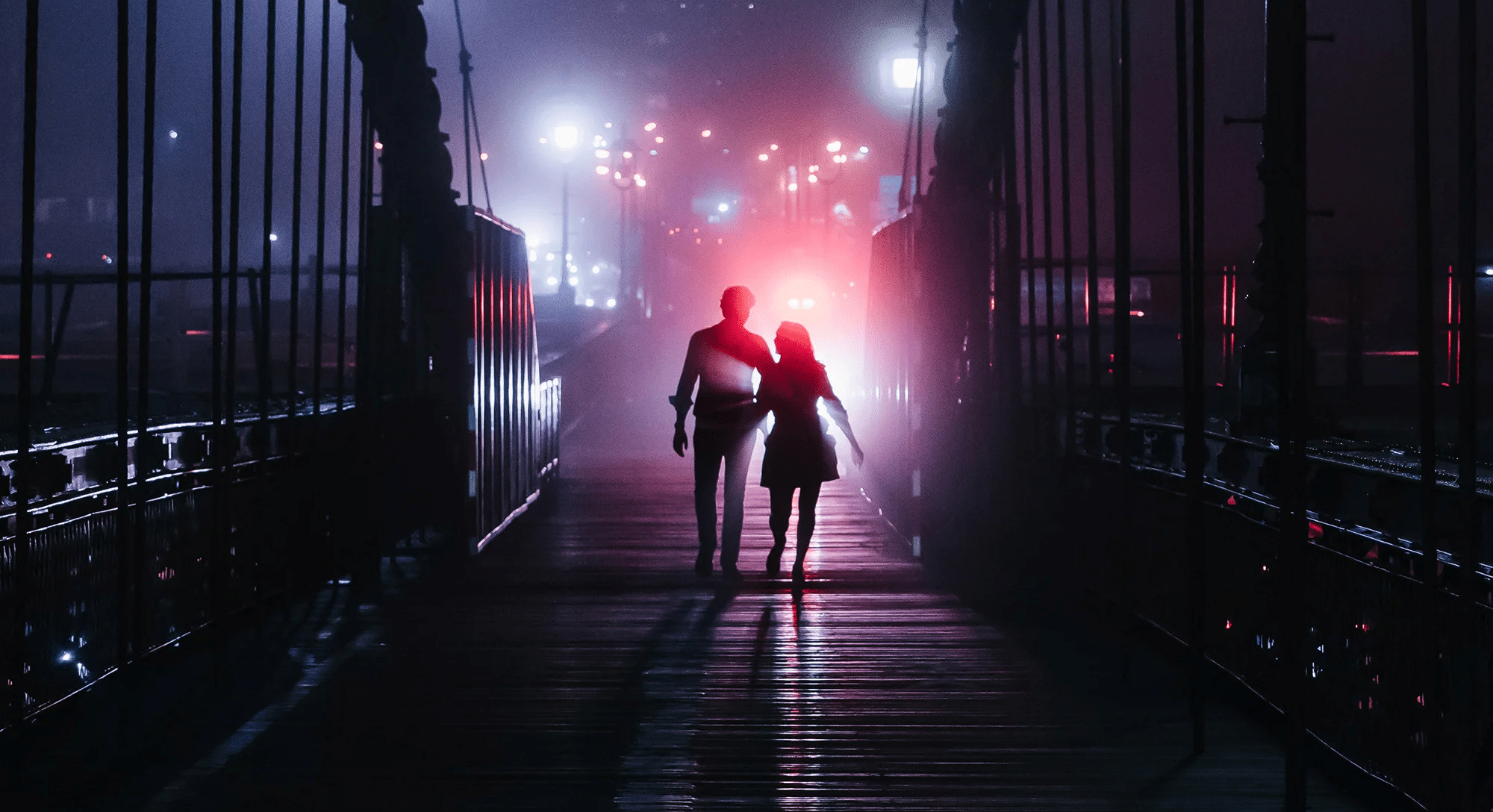
In a Neo Noir World with Dave Krugman
Cryptoart may sound intimidating to the uninitiated, but to photographer and crypto artist Dave Krugman, this newly-established medium simply centers around fostering community.
The artist, whose “Neo Noir” series of New York City photographs are now on display at The Seaport’s 0x.17 NFT gallery, believes there’s beauty in embracing the intangible. Cryptoart allows for a “deeper ownership” of the art, he says, that brings together creatives and enthusiasts alike.
Creating art on blockchain makes works non-fungible, aka they’re much more unique and easier to authenticate than physical art. Those who invest in it join a close-knit community of people who not only see the value in the art form, but by default, connect to and support the artist behind each piece.
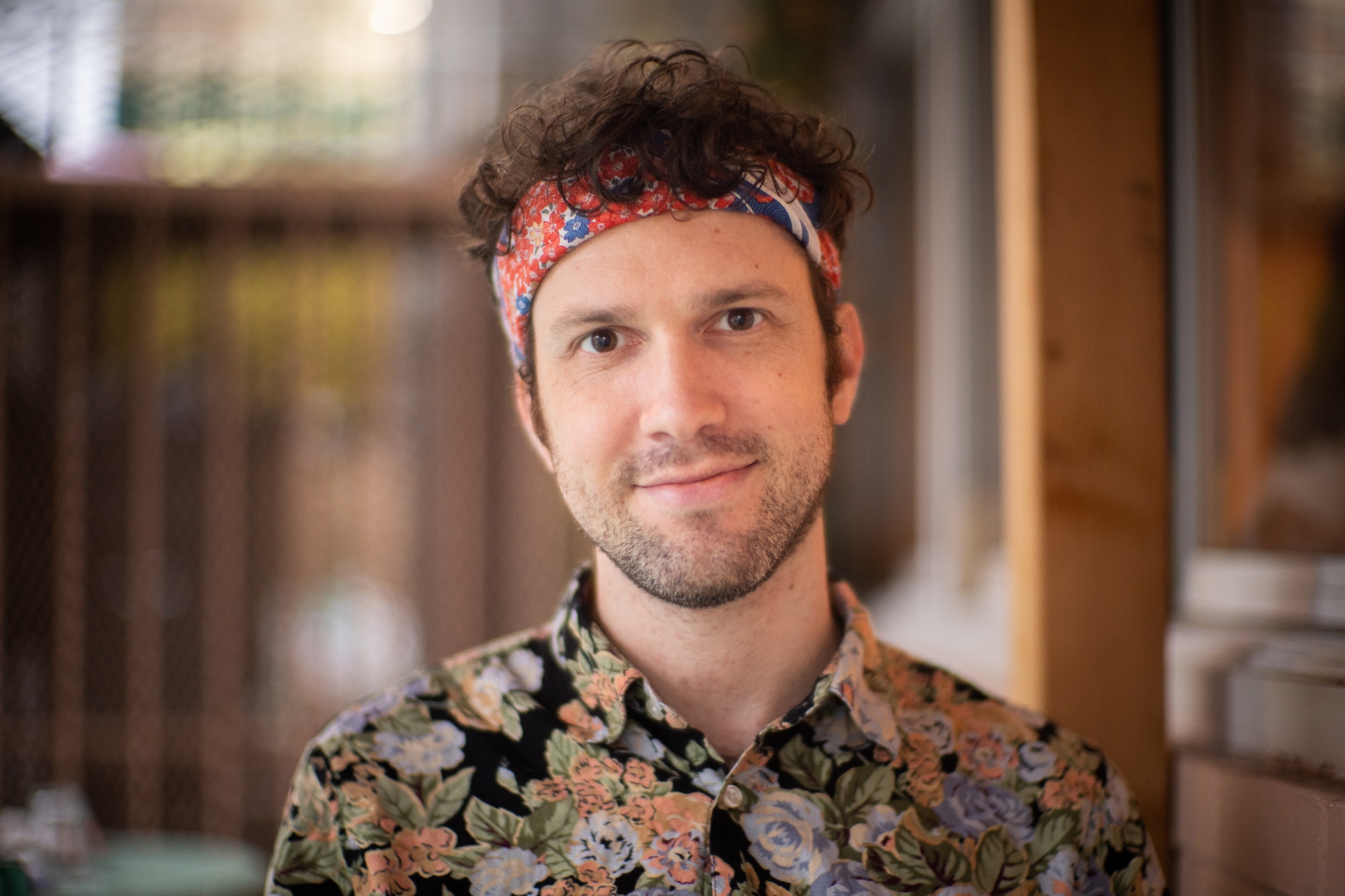
Here, Krugman goes into detail about creating cryptoart, his hopes for the future of expression, and more.
How did you get your start as an artist?
For as long as I can remember, I’ve been drawn to the visual world. As a young kid, I was fascinated by the patterns of nature, the intricacies of the built world, and the various ways they intersect. Luckily, my family was deeply supportive of my passions and they made it clear that anything I was passionate about was a worthy pursuit.
What first drew you to creating cryptoart?
Cryptoart to me is part of the natural progression of the social internet. These tokens allow me to align my incentives with the people who want to support me. Having this deeper ownership layer helps me separate “audience” from “community.” You can do much more with a community than an audience. Cryptoart helps me find and maintain my core community.
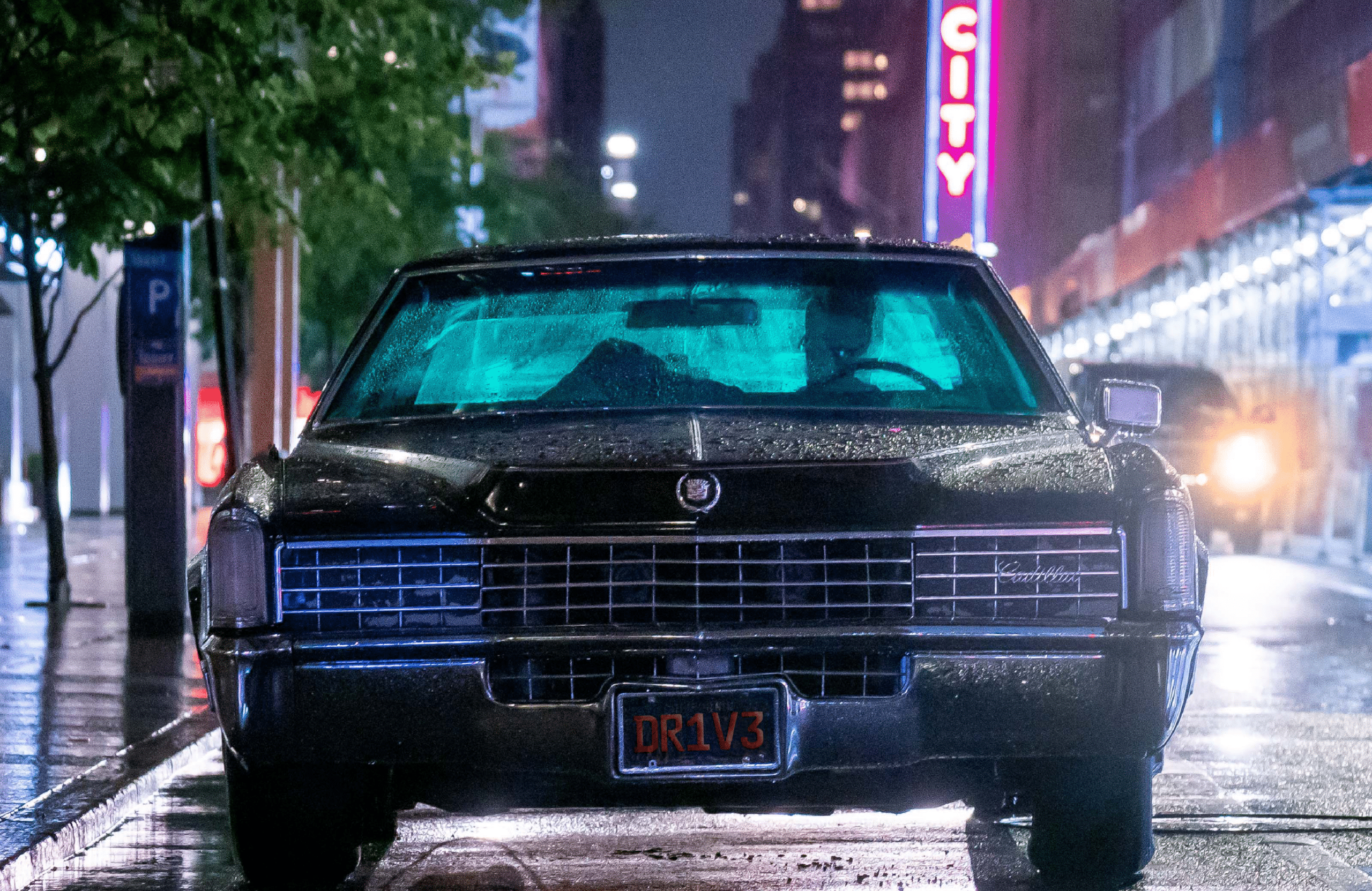
How does your cryptoart differ from the art you create using other mediums?
I don’t think I have a separation between cryptoart and other art at this juncture. I am all in on this system of creation and collection. What I will say is that art on blockchain allows for so much more interconnection of ideas. I think of my projects as digital biology, distinct ecosystems that can form symbioses, inside my own work and alongside the work of my peers. We put our ideas out and let them evolve in the social landscape online.
How would you explain cryptoart to someone who’s unfamiliar with it?
Art on blockchain refers to works of artistic expression that are tied to non-fungible tokens on various blockchains. This allows artists to create “digital objects,” unique items that exist within our digital social spaces. To me, there is no difference (outside of tangibility) between an edition of 15 prints and an edition of 15 tokens. Social communities need objects and culture; blockchain allows us to make those objects real and those cultures thrive.
What are the biggest challenges when creating cryptoart?
My biggest challenges are burnout from being chronically online and also the stress and anxiety that comes from putting a direct valuation on my creative output. But those are prices I will gladly pay for the freedom this technology has provided to me.
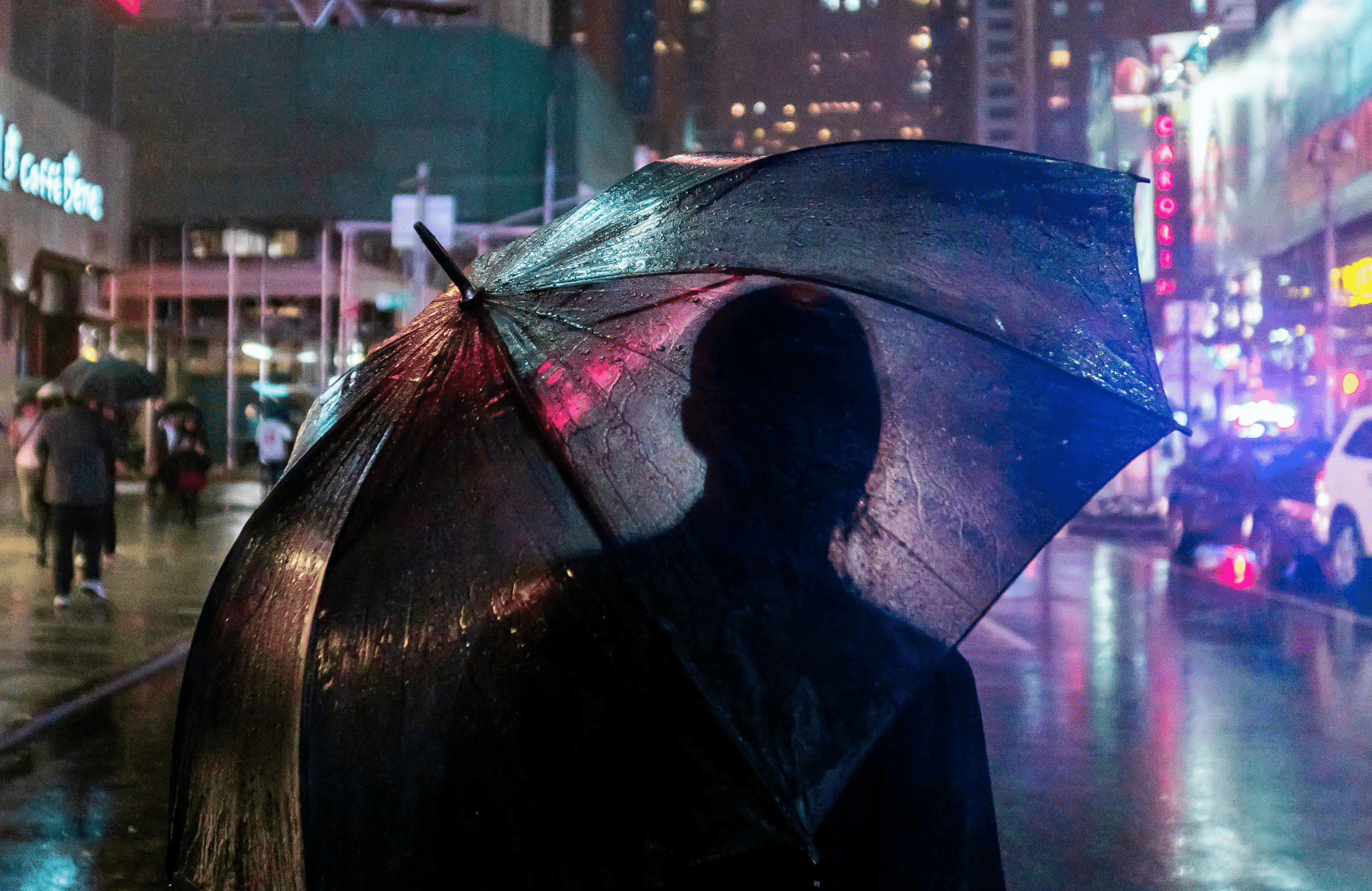
What inspires you?
The intricate overlaps of the universe and the beauty at the confluences of circumstance are the things that inspire me. Love, empathy, community, and the interconnection of our lives are the things that fuel my efforts.
What can you share about Neo Noir?
It’s my ode to the films and styles I grew up loving — mystery, noir, science fiction, and fantasy. It blends the old with the new in a way that I find deeply satisfying. New York City is a muse, and my candid street photography is a study of the beauty that unfolds within.
How do you hope people interact with it?
I hope that viewers find the same beauty in New York that I see, and I hope artists see this exhibition and realize that a creative life is possible. Each of these works sold for amounts that changed my life and gave me creative freedom in so many ways.
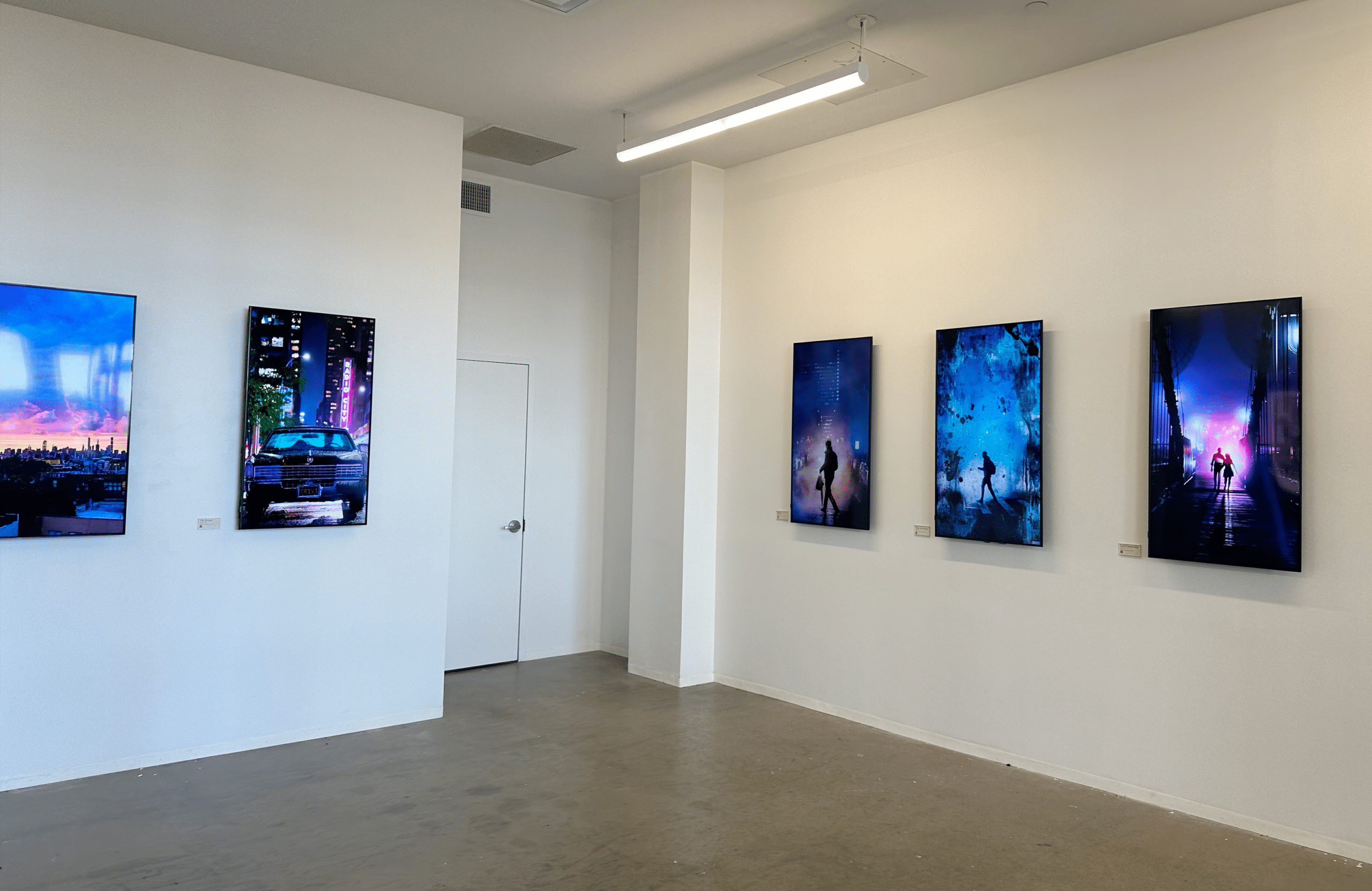
Where and how do you see the NFT world evolving today, tomorrow, and in the future?
Cryptoart is inevitable. I think we are in the embryonic stages of the future of art. This market is global, liquid, frictionless, and moves at the speed of light. Digital objects are incredibly convenient in many ways, and the next generations of humans coming up behind us are even more embedded in digital social spaces. It’s not “if,” it’s “when,” and though it may take us a long time to get there, the people working and building and collecting now will be the giants whose shoulders others stand on in the future.
